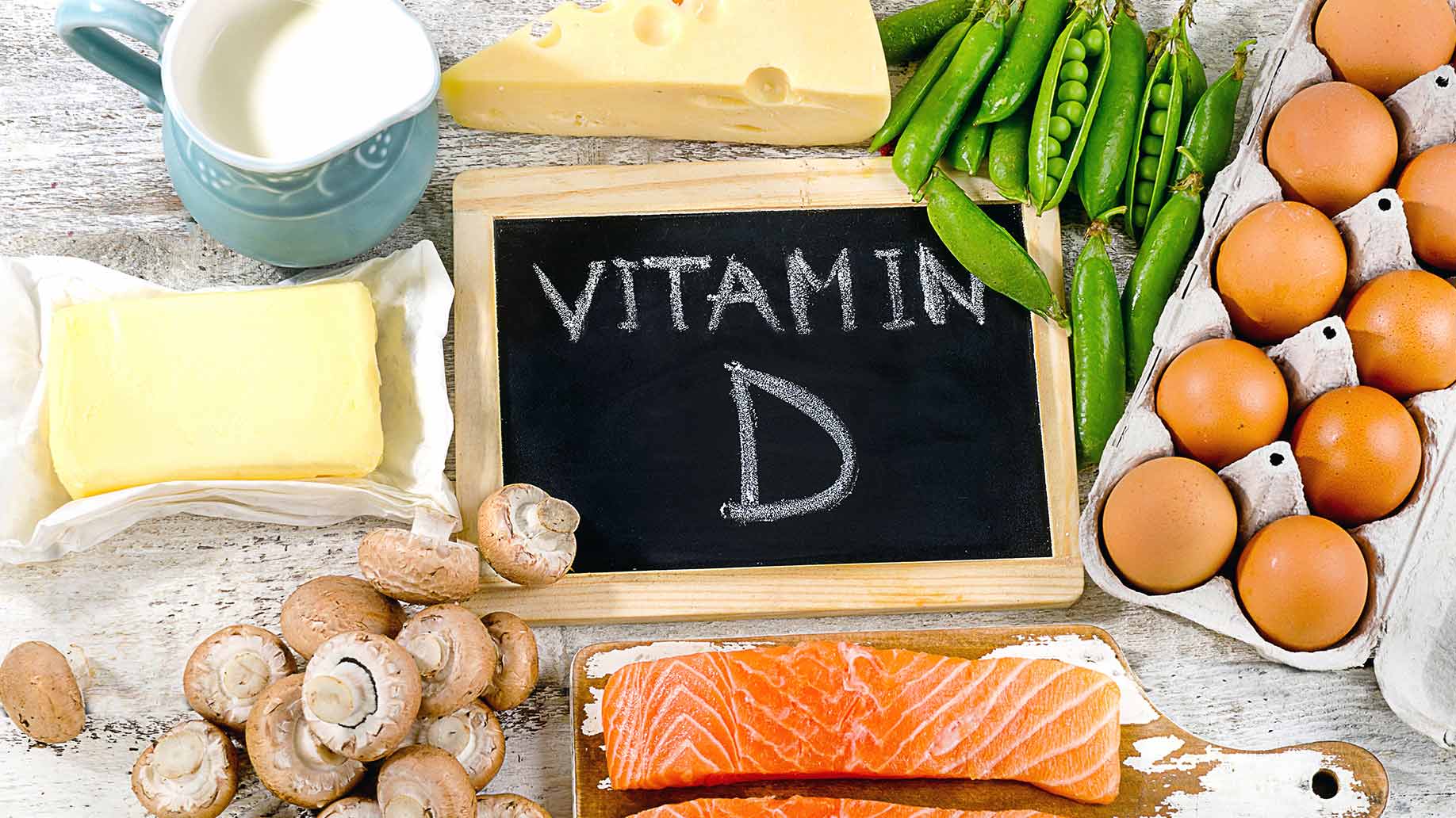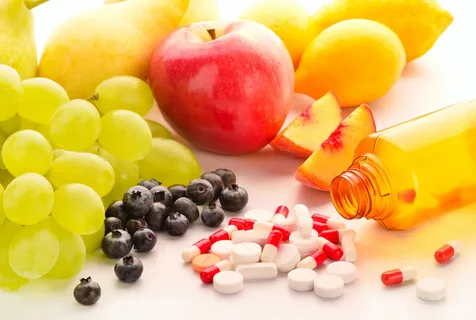Vitamin D plays a critical role in maintaining overall health, supporting bone density, and enhancing immune function. One of the most effective ways to increase your intake of this essential vitamin is through dietary sources, particularly fatty fish. This guide will delve into why fatty fish are an excellent source of vitamin D, how to incorporate them into your diet, and answer some common questions about getting more vitamin D from these nutrient-rich foods.
Understanding Vitamin D
What is Vitamin D?
Vitamin D is a fat-soluble vitamin that helps regulate calcium and phosphorus in the body. It is crucial for bone health, immune function, and overall wellness. Unlike most vitamins, vitamin D can be synthesized by the body when the skin is exposed to sunlight, but dietary sources are also important, especially for those who have limited sun exposure.
The Role of Fatty Fish
Fatty fish, also known as oily fish, are rich in omega-3 fatty acids and vitamin D. Examples include salmon, mackerel, sardines, and trout. These fish are among the best dietary sources of vitamin D, making them a valuable addition to any diet.
Benefits of Vitamin D from Fatty Fish
Bone Health
Vitamin D is essential for the absorption of calcium, which is necessary for bone formation and maintenance. Consuming adequate amounts of vitamin D helps prevent bone disorders such as osteoporosis and rickets.
Immune System Support
Vitamin D plays a significant role in modulating the immune system. It enhances the pathogen-fighting effects of monocytes and macrophages—white blood cells that are crucial in defending the body against infections.
Heart Health
Some studies suggest that vitamin D can help reduce the risk of cardiovascular diseases. By improving endothelial function and reducing inflammation, vitamin D may contribute to heart health.
Types of Fatty Fish High in Vitamin D
Salmon
Salmon is one of the richest sources of vitamin D. A 3.5-ounce (100-gram) serving of wild-caught salmon provides about 526 IU (International Units) of vitamin D, which is more than 100% of the recommended daily allowance (RDA) for adults.
Mackerel
Mackerel is another excellent source of vitamin D, offering about 360 IU per 3.5-ounce serving. It is also high in omega-3 fatty acids, which provide additional health benefits.
Sardines
Sardines are small fish packed with nutrients. A 3.5-ounce serving of canned sardines provides around 270 IU of vitamin D. They are also affordable and versatile.
Trout
Trout, particularly rainbow trout, is another good source of vitamin D, with about 500 IU per 3.5-ounce serving. It is also rich in omega-3 fatty acids and high-quality protein.
How to Incorporate Fatty Fish into Your Diet
Cooking Methods
- Grilling: Grilling is a healthy way to prepare fatty fish while preserving its nutritional value. Simply season with herbs and spices for a delicious meal.
- Baking: Baking is another excellent method. Place the fish in a baking dish with a bit of olive oil, herbs, and lemon slices, and bake until cooked through.
- Pan-Searing: Pan-searing adds a crispy texture to the fish. Cook it in a hot pan with a small amount of oil until the skin is crispy and the flesh is opaque.
- Steaming: Steaming is a gentle cooking method that retains most of the nutrients. It’s ideal for those who prefer a lighter preparation.
Meal Ideas
- Salmon Salad: Combine grilled salmon with mixed greens, cherry tomatoes, cucumbers, and a light vinaigrette for a nutritious salad.
- Mackerel Tacos: Use mackerel in place of meat for tacos, adding avocado, salsa, and cabbage slaw for a tasty, healthy twist.
- Sardine Pasta: Mix canned sardines into whole grain pasta with a tomato-based sauce and fresh herbs for a quick and satisfying meal.
- Trout with Vegetables: Bake trout with seasonal vegetables such as bell peppers, zucchini, and carrots for a balanced and flavorful dish.
Frequency of Consumption
To meet your vitamin D needs through fatty fish, aim to include these fish in your diet at least two to three times a week. This frequency ensures a sufficient intake of vitamin D while providing other health benefits from the omega-3 fatty acids found in fatty fish.
Potential Concerns and Considerations
Mercury Content
Some fatty fish can contain higher levels of mercury, which may pose health risks if consumed in large amounts. Choose fish that are lower in mercury, such as sardines and trout, and avoid species with high mercury levels, like shark and swordfish.
Sustainability
Opt for sustainably sourced fish to support environmental health and reduce the impact on marine ecosystems. Look for certifications from organizations such as the Marine Stewardship Council (MSC) when purchasing fish.
Vitamin D Supplements
If you have difficulty consuming enough fatty fish or have dietary restrictions, consider vitamin D supplements as an alternative. Consult with a healthcare provider to determine the appropriate dosage based on your specific needs.
FAQs
What is the recommended daily intake of vitamin D?
The recommended daily intake of vitamin D varies by age, sex, and life stage. For most adults, it is 600-800 IU per day. However, some individuals may require more based on their health status or lifestyle.
How much vitamin D is in a serving of salmon?
A 3.5-ounce serving of wild-caught salmon provides approximately 526 IU of vitamin D, which covers more than 100% of the daily recommended intake for most adults.
Can I get enough vitamin D from fatty fish alone?
While fatty fish are a rich source of vitamin D, relying solely on them might not be sufficient for everyone. Consider a balanced diet with other sources of vitamin D and sunlight exposure, or consult with a healthcare provider for personalized advice.
Are there any vegetarian sources of vitamin D?
Vitamin D is primarily found in animal-based foods. However, certain fortified plant-based foods, such as fortified orange juice or plant-based milk, can provide vitamin D. Vegan supplements may also be an option.
What are some low-mercury fatty fish?
Sardines, trout, and mackerel are examples of low-mercury fatty fish that are safe to consume regularly. They provide significant amounts of vitamin D while minimizing mercury exposure.
How can I cook fatty fish to retain its vitamin D content?
To retain the maximum amount of vitamin D, avoid overcooking fatty fish. Methods such as grilling, baking, and steaming are preferred as they preserve the nutritional value while enhancing flavor.
Can children eat fatty fish?
Yes, children can eat fatty fish as part of a balanced diet. Ensure the fish is properly cooked and serve it in appropriate portions based on the child’s age and dietary needs.
How can I incorporate fatty fish into my diet if I don’t like the taste?
If you find the taste of fatty fish unappealing, try incorporating it into dishes where the flavor is less pronounced, such as fish tacos, pasta dishes, or mixed into salads.
What are some alternatives to fatty fish for vitamin D?
If fatty fish is not a suitable option, consider fortified foods such as fortified cereals, plant-based milk, or supplements. Consult with a healthcare provider for recommendations tailored to your dietary preferences and needs.
How can I ensure the fatty fish I consume is sustainably sourced?
Look for seafood with certifications from reputable organizations such as the Marine Stewardship Council (MSC) or the Aquaculture Stewardship Council (ASC). These certifications indicate that the fish is sourced responsibly and sustainably.
Conclusion
Incorporating more fatty fish into your diet is a delicious and effective way to boost your vitamin D intake. By choosing a variety of these nutrient-rich fish and preparing them using healthy cooking methods, you can enjoy the numerous benefits of vitamin D while supporting your overall health. If you have specific dietary concerns or health conditions, consider consulting with a healthcare provider to tailor your vitamin D intake to your individual needs
- Living As A Demigender Person: Challenges And Triumphs In Love - May 31, 2025
- Profhilo Treatment Near Sutton, Surrey - May 30, 2025
- Nu-Derm Skin System Near Normandy, Surrey - May 30, 2025



